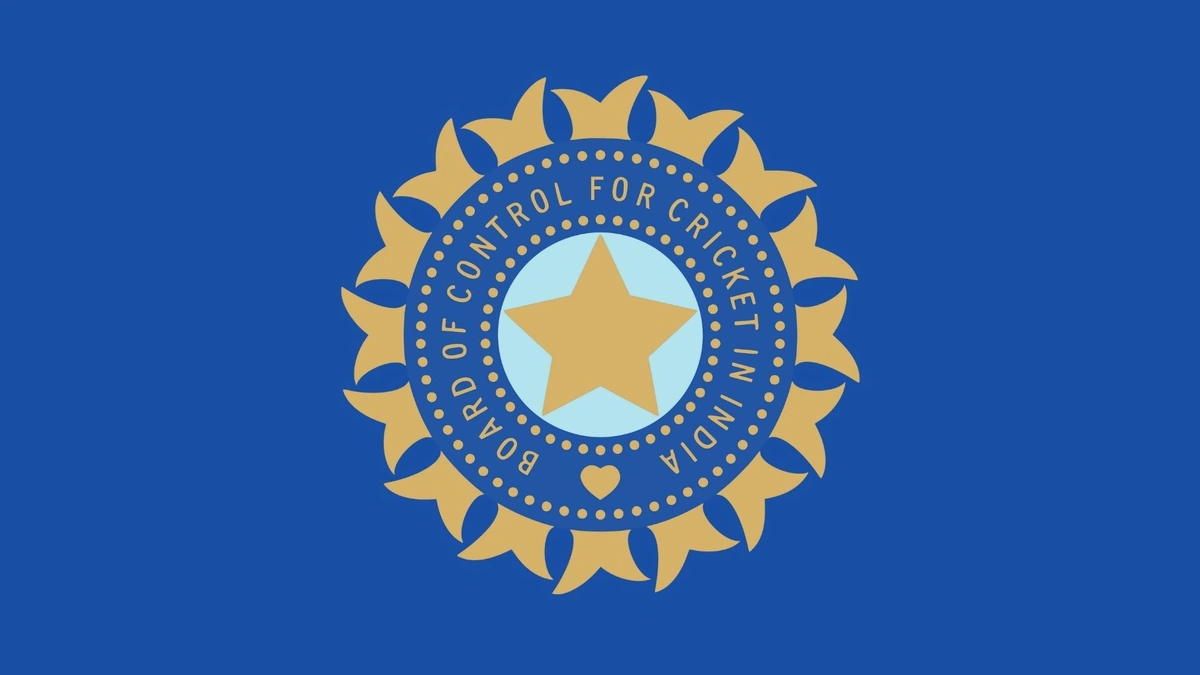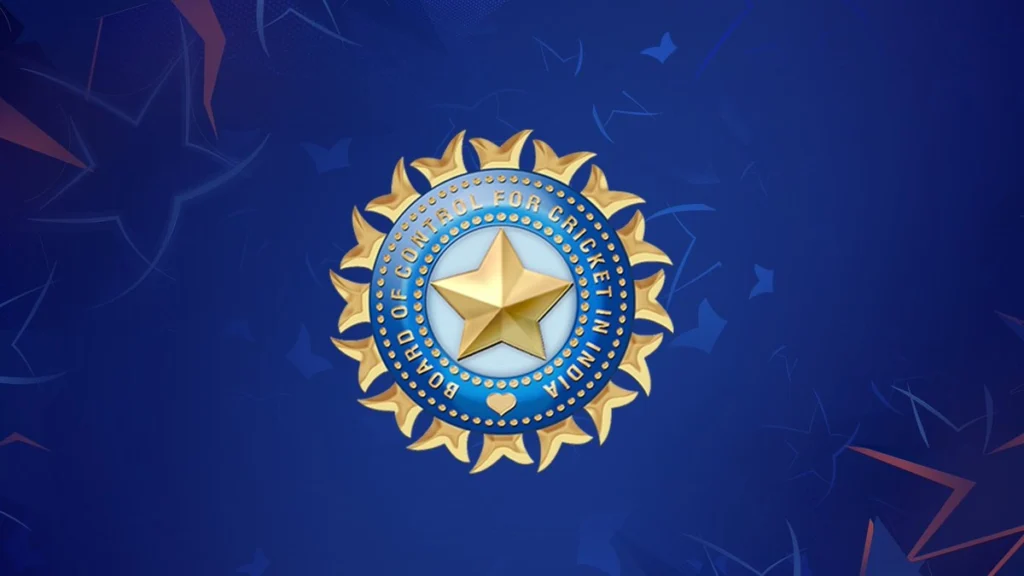The Board of Control for Cricket in India ( BCCI ) the powerhouse of cricket, swimming in more money than Scrooge McDuck finds itself in hot water again. This time, the accusation isn’t about IPL controversies or opaque dealings. It’s far more sensitive: gender bias. Yes, despite handing out what looks like a reward to the women’s team, whispers (and not-so-whispers) suggest a deeper disparity. But, let’s be honest, does this accusation hold water, or is it just another round of sensational headlines? What I want to explore is the why. Why, even with apparent progress, does this perception of bias linger?
The “Reward” That Sparked the Debate

So, here’s the thing. The BCCI recently announced a financial reward for the India women’s cricket team. Sounds good, right? A pat on the back, a show of appreciation. But, and it’s a big but, the devil’s in the details, isn’t it? The amount, compared to what the men’s team typically receives, raised eyebrows. A few eyebrows, and then a few more, until it became a forest of questioning brows. According to several sources, the disparity is significant. While the BCCI hasn’t released official figures comparing the exact amounts, the perception among players, fans, and analysts is that the women are getting the short end of the stick. What fascinates me is that the BCCI, an organization hyper-aware of its image, seems to have walked right into this PR nightmare.
This isn’t just about money. It’s about value. The perception that the women’s team is valued less than the men’s team affects morale, recruitment, and the overall growth of women’s cricket in India. We need to look at gender equality in sports . If the BCCI truly wants to promote women’s cricket, it needs to address the underlying systemic issues that contribute to this perception.
The Systemic Issues Behind the Perception
Now, let’s dig a little deeper. It’s easy to point fingers at the BCCI and call them sexist. But the truth, as always, is more complex. The issue, I believe, is rooted in a combination of factors: historical precedent, revenue generation, and societal biases. Historically, men’s cricket has always been the dominant force in India. It attracts the lion’s share of sponsorships, viewership, and media coverage. This, in turn, translates into higher revenue for the BCCI, which then justifies paying the men’s team more. But, here’s the catch. This is a self-perpetuating cycle. Because men’s cricket gets more investment, it generates more revenue, which then leads to more investment. The women’s team, meanwhile, struggles to break through this cycle. As per the guidelines mentioned in various reports, this needs to be addressed.
Moreover, societal biases play a role. Let’s be honest, in India, cricket is practically a religion, and the male cricketers are the gods. This cultural phenomenon reinforces the perception that men’s cricket is more important than women’s cricket. It’s a tough nut to crack, but it’s not impossible. The one thing you absolutely must remember is that attitudes need to shift from the ground up.
Beyond the Paycheck | Other Areas of Disparity
It’s not just about the financial rewards. The disparity extends to other areas as well. Think about the facilities, the coaching staff, the support systems. Are the women’s team getting the same level of resources as the men’s team? Often, the answer is no. While the BCCI has made strides in recent years to improve the infrastructure for women’s cricket, there’s still a long way to go. I initially thought this was straightforward, but then I realized that a lot of these things are also based on the revenue generated. It is important to focus on women’s cricket development.
The scheduling of matches is another area of concern. The men’s team gets prime-time slots, maximum media coverage, and the best venues. The women’s team, on the other hand, often plays at odd hours, in less prominent venues, with minimal media attention. This makes it difficult for them to build a fan base and generate revenue. And, of course, there’s the issue of opportunities. Are the women’s team getting the same number of chances to play in international tournaments, to compete against top teams, and to showcase their talent? The answer, more often than not, is no. Let me rephrase that for clarity: the opportunities are fewer.
What Can the BCCI Do? A Roadmap for Change
So, what’s the solution? How can the BCCI address this perception of bias and create a truly level playing field for women’s cricket in India? It’s not going to happen overnight, but here are a few steps they can take. First, be transparent. Publish the figures. Show the world exactly how much is being invested in women’s cricket and how it compares to men’s cricket. Second, increase investment in grassroots development. Focus on identifying and nurturing talent at the school and college levels. Create more opportunities for young girls to play cricket and develop their skills. According to the latest reports, this is what needs to be done. Third, improve the infrastructure and support systems for the women’s team. Provide them with the best facilities, coaching staff, and medical support. Treat them like the professional athletes they are.
Fourth, promote the women’s team more aggressively. Give them prime-time slots, maximum media coverage, and the best venues. Market them effectively and build their fan base. Fifth, ensure equal opportunities. Give the women’s team the same number of chances to play in international tournaments, to compete against top teams, and to showcase their talent. Sixth, and perhaps most importantly, change the culture. Actively promote gender equality and challenge the societal biases that contribute to the perception that men’s cricket is more important than women’s cricket. India vs Australia and other matches are important for both men and women. And finally, address the pay disparity. This is not just about fairness; it’s about sending a message that the BCCI values the women’s team as much as the men’s team.
It’s about promoting fairness in cricket and recognising the talent of the women. This could be a game-changer.
The Future of Women’s Cricket in India | A Glimmer of Hope
Despite the challenges, there’s reason to be optimistic about the future of women’s cricket in India. The team is talented, passionate, and determined to succeed. They’ve shown the world what they’re capable of, and they’re only getting better. As the popularity of women’s cricket grows, so too will the pressure on the BCCI to address the systemic issues that contribute to the perception of bias. Defeating South Africa is a big win for any team, male or female.
The growth of women’s sports depends on giving them equal opportunities. What I believe is that we’re moving in the right direction, albeit slowly. The key is to keep the conversation going, to hold the BCCI accountable, and to support the women’s team every step of the way. Because when they succeed, India succeeds. And that’s something we can all celebrate. In addition, we need to address financial disparities in sports to level the playing field.
FAQ Section
Why is there a perception of bias against the India women’s cricket team?
The perception stems from disparities in pay, facilities, opportunities, and media coverage compared to the men’s team, despite the women’s team’s achievements.
What are some systemic issues contributing to this perception?
Historical precedent favoring men’s cricket, revenue generation models, and societal biases all play a role in creating and perpetuating this perception.
What can the BCCI do to address this bias?
Transparency in financial matters, increased investment in grassroots development, improved infrastructure for the women’s team, and active promotion of gender equality are essential steps.
Are there any positive signs for women’s cricket in India?
Yes, the team is talented and passionate, and the growing popularity of women’s cricket puts pressure on the BCCI to address the issues.
How can fans support women’s cricket in India?
By attending matches, watching games on TV, following the team on social media, and advocating for greater equality and recognition.
What is the future of cricket in India ?
The future looks bright, with increasing participation and recognition.
Ultimately, the BCCI’s actions will speak louder than words. It’s time for them to walk the walk and demonstrate a genuine commitment to women’s cricket. Not just with rewards, but with resources, respect, and equal opportunities. The future of women’s cricket in India depends on it.

I’m Vishal Ojha, a passionate blogger, content writer, and web designer with over four years of experience. I have a deep love for sports, especially cricket, and enjoy sharing the latest updates, insights, and analyses from the world of athletics. Every article I publish is carefully researched and fact-checked, ensuring readers get accurate and engaging sports content they can trust.



